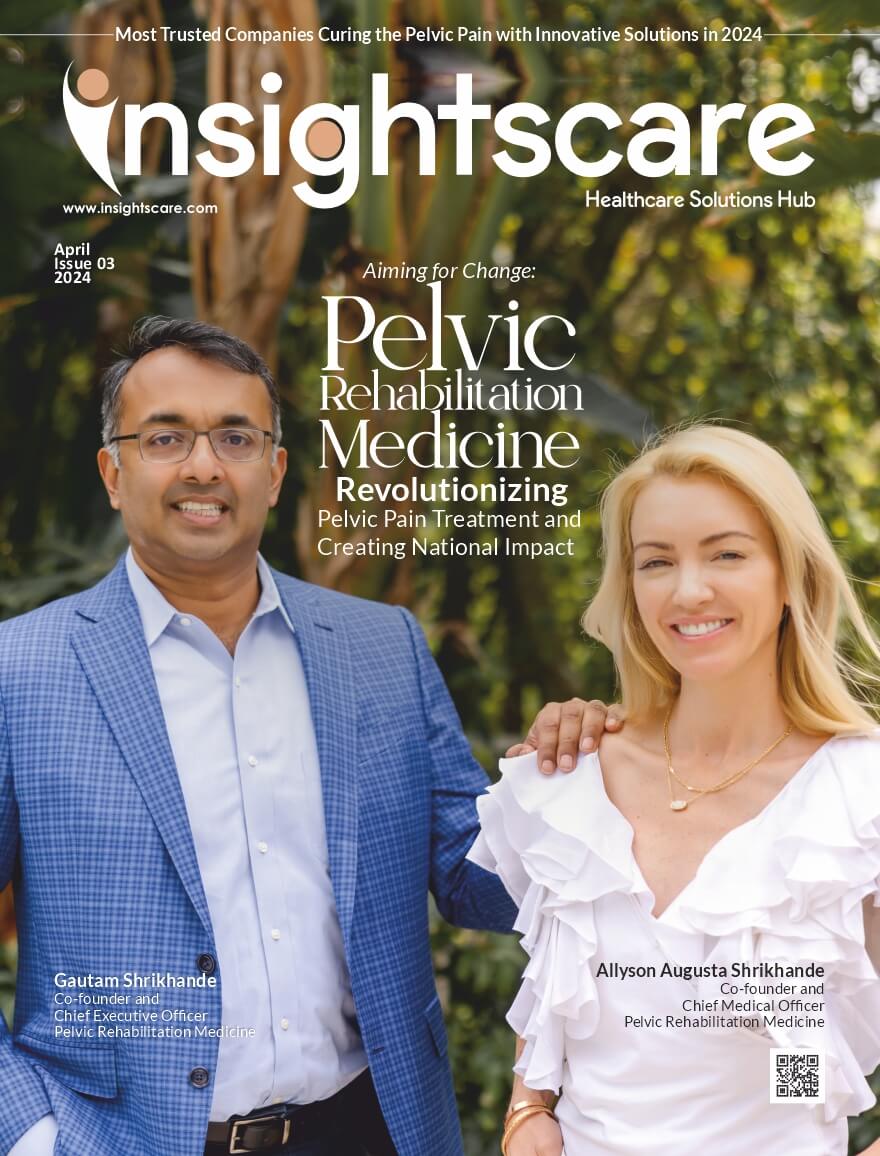Before you opt for IVF
Infertile couples can now cheer-up! Theyhave anewly discovered opportunity to achieve successful pregnancy without the need for IVF, all thanks to new research towards optimizing a 100-year-old medical technique.
According to a study undertaken by a team of researchers in the Netherlands and Australia, the lesser known technique ─ in which the woman’s fallopian tubes were flushed with iodized poppy seed oil ─ has been proven to have significant benefits for fertility. The results of the study will be published in The New England Journal of Medicine.
The 100-year-old technique
The procedure, known as hysterosalpingography (HSG), is a dye test of the fallopian tubes conducted under X-ray. Until the 1950s both water-based and oil-based solutions have been used, while the HSG procedure was first carried out in 1917.
Over the past century, the chances of pregnancy among infertile women increased after their fallopian tubes had been flushed with either oil or water duringHSG procedure. Until now, people weren’t sure whether the type of solution used was influencing the change in fertility.
“The results have been even more exciting than we could have predicted, helping to confirm that an age-old medical technique still has an important place in modern medicine,” said Professor Ben Mol who have been leading the research team.
Oil-based solution proves to be beneficiary
The brief statistics of the study conducted on over 1119 women shows that the oil-based solution was comparatively more beneficial. Almost 29% of infertile women in the water group and 40% of infertile women in the oil group achieved successful pregnancies within six months of the technique being performed.
Lipiodol® Ultra-Fluid, an iodized solution of fatty acids from poppy seeds, was used as the oil-based product in the study. This product is currently available in 47 countries around the world.
After only one treatment, the rate of successful pregnancy in the oil-based group was significantly higher. This is a revolutionary outcome for women who would have had no other course of action other than to look for IVF treatment.The procedure could help tens of thousands of women conceive naturally and avoid IVF. It offers new hope to infertile couples.
Considering the Concern
It was long believed that ‘flushing out’ the kind of debris that hampers fertility from a woman’s fallopian tubes,could have immense fertility benefits. The reality is, the benefit is not really evident, and the technique might prove to be beneficiaryparticularly for women who don’t present with any other remediable fertility symptoms.
Further research isneeded to be conducted into the mechanisms behind what we’re seeing. For now, we believe it is a viable treatment for infertility prior to couples seeking IVF since the technique has been used for 100 years without any known side-effects.
“Not only is there a known benefit, but this flushing procedure is also a fraction of the cost of one cycle of IVF. Considering that 40% of women in the oil-based group achieved a successful pregnancy, that’s 40% of couples who could avoid having to go through the huge costs and emotions associated with IVF treatment,”says Professor Mol.
Professional groups responsible for providing guidelines, funders of health care, and fertility clinics all have an important role to play in assisting infertile couples to make this intervention available to couples before IVF is started.















